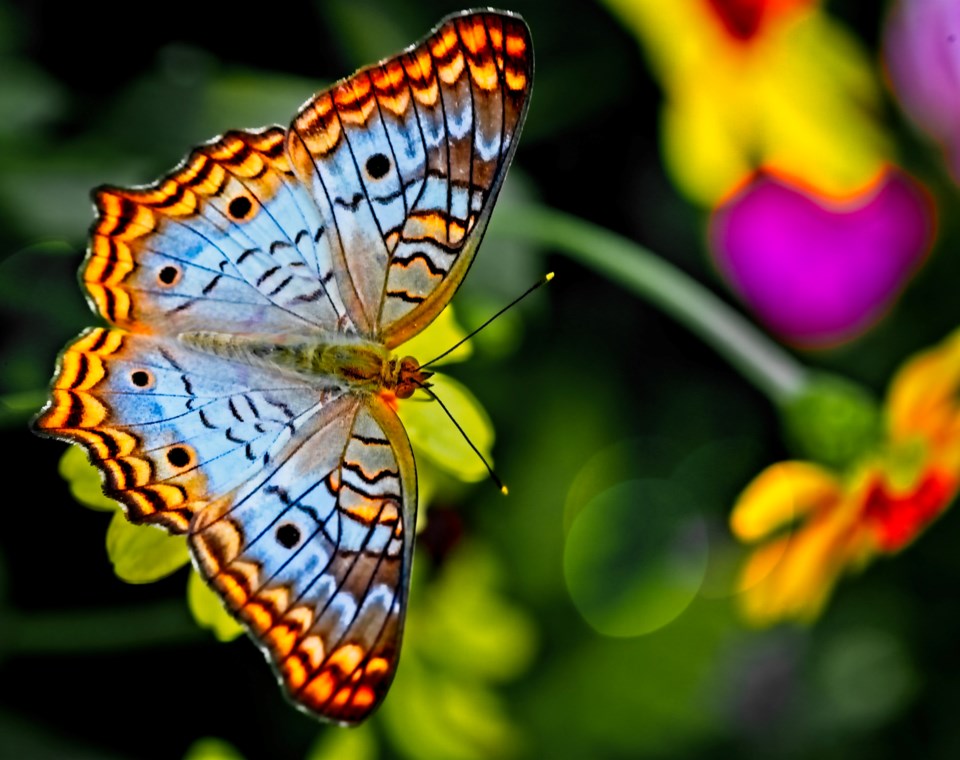The Longmont Leader accepts contributions, photos, and op-eds for publication from community members, business leaders and public officials on local topics. Publication will be at the discretion of the editor and published opinions do not represent the views of the Longmont Leader or its staff. To submit a contribution, email [email protected].
The following column is new to the Leader and is written by scientists and collaborators at Butterfly Pavilion.
When thinking about the problems of the world it can be easy to feel like a lone ant facing off against the looming landscape. The feeling of being small and insignificant in the grand scheme of things can stop us before we start because it is easy to surrender ourselves to the idea that we can’t make a difference by ourselves so we shouldn’t even try.
But take another look at that lone ant and you’ll realize that it is so much more than it appears at first glance. Like humans, ants are social. They unite towards the common purposes of survival and growth. They are capable of large complex changes to the world around them due to the simple fact that they work together towards a common goal.
Community science has its roots in this same concept. The idea that if enough people work together, we can achieve large-scale conservation efforts that would be impossible with just one person working alone.
Big changes happen when small actions are done consistently. Community science, powered by people, is the opportunity for members of the community to come together to help collect vast amounts of easily collected data that can inform conservation efforts close to home. It’s the idea that a small investment by an individual could be critical when paired with the same small investment by hundreds of other community members. Suddenly that one piece of data has exploded exponentially to tell a story that can help us make large-scale decisions to better understand the animals in our own backyard. It gives each of us the opportunity to become a scientist.
Community science programs are diverse, allowing for a volunteer’s own personal interests to guide them. Programs can range allowing individuals to find a program that matches their interests and capabilities — from being physically intensive such as removing invasive weeds to getting outdoors by counting migrating birds or tracking butterfly species.
For a seven-letter word, science can seem overwhelmingly intimidating. It may invoke an image of crisp white lab coats behind closed doors, something that we can only experience from the outside looking in. However, science happens everywhere. It is a daily part of our lives and is something we are all capable of engaging with.
Some sciences, like community science, are impossible without the support of people within the community. They rely on the energy and enthusiasm of people who want to help make a difference, providing an outlet to work together to overcome the challenges of large-scale science. In a world that often feels like we are growing further apart, community science allows us to come together towards a common goal, to help learn and protect the incredible wildlife that calls Colorado home.



